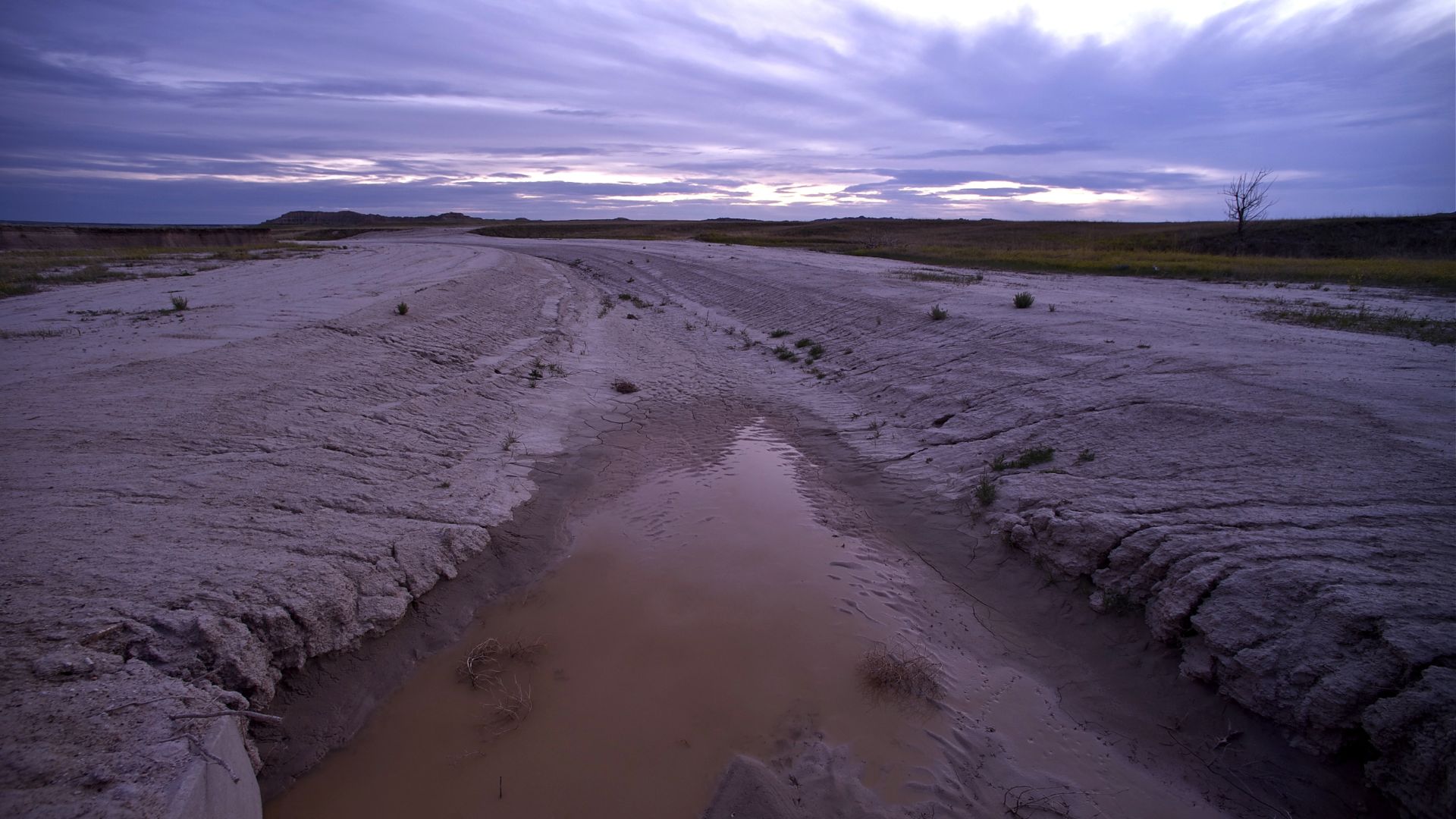
Report Unveils Human, Economic Toll of Drought Hotspots
Fueled by climate change and relentless pressure on land and water resources, some of the most widespread and damaging drought events in recorded history have taken place since 2023, according to a new UN-backed report.
Drought Hotspots Around the World 2023-2025 provides a comprehensive account of how droughts compound poverty, hunger, energy insecurity, and ecosystem collapse.
It was prepared by the U.S. National Drought Mitigation Center (NDMC) and the UN Convention to Combat Desertification (UNCCD) , with support from the International Drought Resilience Alliance (IDRA) .
WMO is an active partner in IDRA and – together with the Global Water Partnership – operates the Integrated Drought Management Programme to support policy-making. WMO has long advocated forward-looking proactive drought policies rather than the current reactive, crisis-driven approach. The UNCCD and NDMC are longstanding partners of the IDMP along with 45 other partner organizations. At the same time, it is working to strengthen drought monitoring and early warnings through the Early Warnings For All initiative .
“Drought is a silent killer. It creeps in, drains resources, and devastates lives in slow motion. Its scars run deep,” says UNCCD Executive Secretary Ibrahim Thiaw.
“This is not a dry spell,” says Dr. Mark Svoboda, report co-author and NDMC Director. “This is a slow-moving global catastrophe, the worst I’ve ever seen. This report underscores the need for systematic monitoring of how drought affects lives, livelihoods, and the health of the ecosystems that we all depend on.”
The new report synthesizes information from hundreds of government, scientific and media sources to highlight impacts within the most acute drought hotspots. It shows how women and children are among the most vulnerable to impacts.
The report calls for urgent investments in drought preparedness:
Drought in Spain at Portomarin’s Belesar reservoir
https://wmo.int/media/news/global-drought-hotspots-report-highlights-human-and-economic-impacts


